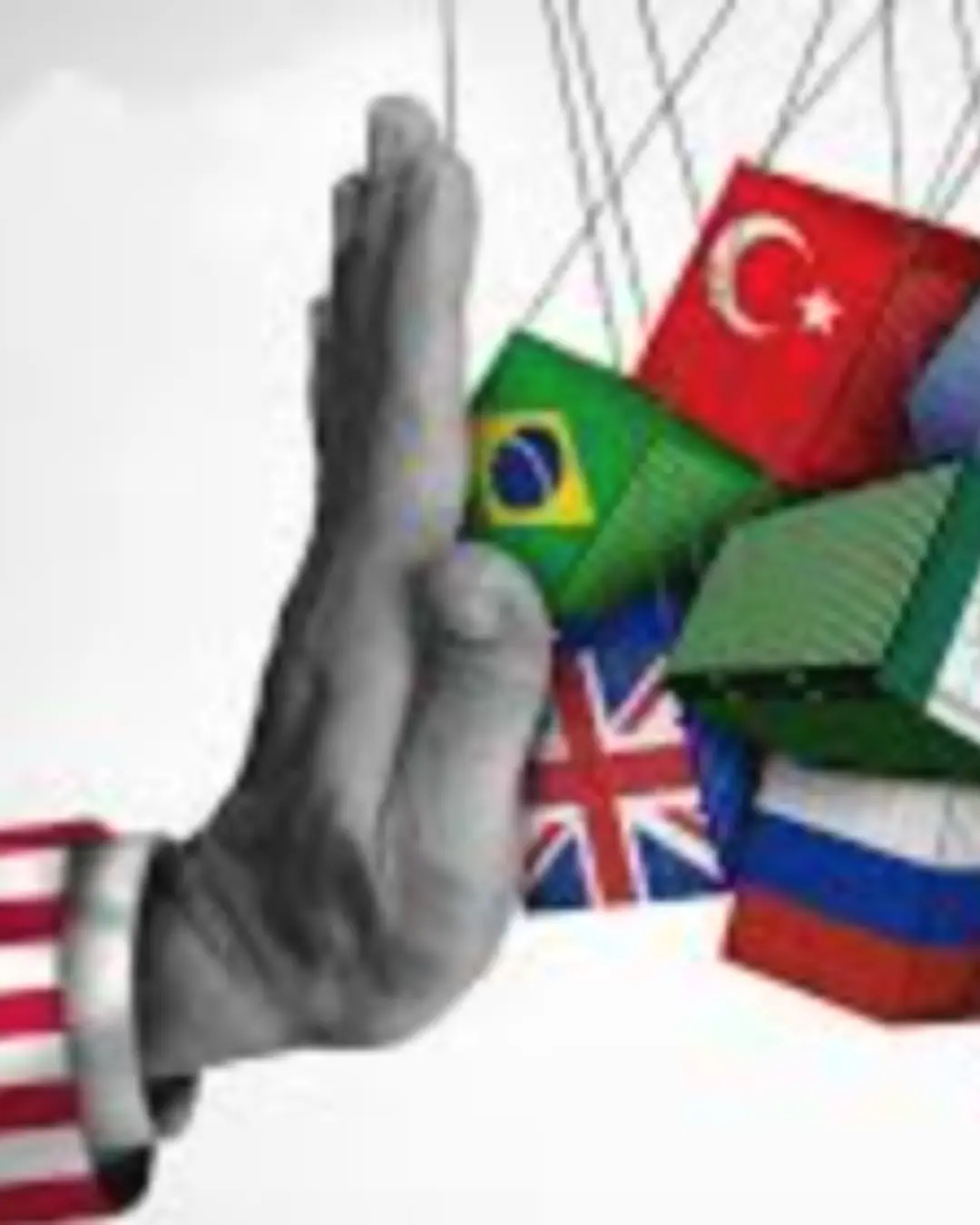In today’s post, I’m giving you the detailed rundown on the Trump Tariffs set to launch on August 1st. There’s plenty to unpack here, and it directly impacts your wallet and investments.
Initially marked for April 2nd as Liberation Day—the launch of reciprocal Trump Tariffs—this plan rattled markets, especially bonds. President Trump and Treasury Secretary Scott Bassant responded by pushing the implementation date back to July 9th. Since then, the administration, primarily through Commerce Secretary Howard Lutnik, emphasized ongoing talks for customized trade deals. The administration portrayed countries as eager negotiators, but reality painted a different picture: only the United Kingdom and Vietnam have finalized agreements. Even China’s situation was more of a tension reduction than a solid deal.
Now, fresh from signing his Big Beautiful Bill, President Trump is pivoting back to trade policy and the Trump Tariffs. With no new agreements secured by the extended July 9th deadline, it’s clear: countries aren’t exactly knocking down the door for these deals. Trump then announced another extension, setting July 31st as the new cutoff, with the tariffs kicking in August 1st.
What Trump’s Tariffs Mean for Global Trade
President Trump recently broke down the negotiation outcomes. Deals have materialized with the UK and China, and India is close. However, most countries have simply received letters informing them of their tariff rates instead of personalized negotiations. More than 20 nations have received these official tariff notices related to Trump Tariffs.
Initially, reciprocal tariffs ranged broadly from 20% to 30%, some even higher, like Cambodia’s steep 49%. But under the updated tariff structure starting August 1st, some tariffs jumped dramatically. Brazil’s rate shot from an initial 10% up to a staggering 50%. Japan went from 24% to 25%, and South Korea stayed firm at 25%.
These Trump Tariffs aren’t just numbers; they’re impactful. In 2024 alone, we imported $44 billion in goods from Brazil—metals, minerals, machinery. South Korea sent us $135 billion in chemicals, rubber, and appliances. Japan was even bigger, totaling $152 billion worth of machinery, electronics, and medical instruments.

How Are Trump Tariff Rates Determined?
Curious about how these rates were calculated? President Trump says the method is simple—common sense, deficits, historical trade treatment, and raw economic figures. He describes these tariffs as final but remains open to fair negotiations.
The real risk here is retaliation. Other countries might respond with tariffs of their own, hurting American exports and potentially causing domestic job losses. Tariffs can stimulate domestic production but also cut into export opportunities, making it a double-edged sword.
Trump is ready to escalate further if retaliation occurs. Imagine Brazil retaliating with a 30% tariff on U.S. goods—Trump would likely push their tariffs from 50% to 80% in response.

Economic Impact and Future Risks
The Federal Reserve sees inflation climbing if these Trump Tariffs activate, delaying any potential rate cuts. Bond markets could also shake, potentially destabilizing stocks. Though Trump might delay again, the early August market reaction will be critical.
Beyond immediate economic impacts, these Trump Tariffs fuel the global trend of de-dollarization, weakening the U.S. dollar’s position as the world’s reserve currency, driving inflation, and pushing interest rates upward.
Circle August 1st—it’s the day that sets the tone. Keep your eyes open and stay ahead.
Stay tuned, subscribe to and follow our socials for real-time updates, and thanks for your continued support!
Don’t panic. Prepare. Protect yourself by visiting Skyline Pivot’s Financial Toolkit for strategic resources. Need to improve your credit? Visit Credit Elevated and take control now.


Leave a Reply